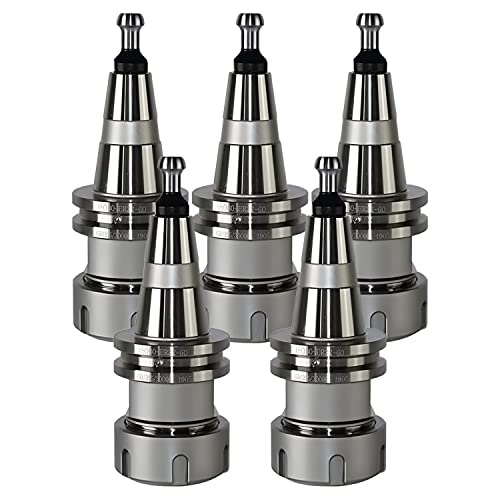- Joined
- Sep 2, 2011
- Messages
- 1,393
- Reaction score
- 383
Hi, I normally work in standard threads not metric, but I am working with a set of metric plans that call for "tap m2" and cut "m4" threads.
well, my metric tap and die set are like this m2x1.5 or m4x1.75 or something like that. which i understand to be similar to 1/4x20 which means 20 threads per inch.
but when plans call for just m2 or m4 threads without the number of threads what does that mean? would it be m2x1.0 ? would the 1.0 just be a given?
sorry to be so ignorant.
well, my metric tap and die set are like this m2x1.5 or m4x1.75 or something like that. which i understand to be similar to 1/4x20 which means 20 threads per inch.
but when plans call for just m2 or m4 threads without the number of threads what does that mean? would it be m2x1.0 ? would the 1.0 just be a given?
sorry to be so ignorant.



































![DreamPlan Home Design and Landscaping Software Free for Windows [PC Download]](https://m.media-amazon.com/images/I/51kvZH2dVLL._SL500_.jpg)











![TurboCAD 2020 Designer [PC Download]](https://m.media-amazon.com/images/I/51UKfAHH1LL._SL500_.jpg)



















